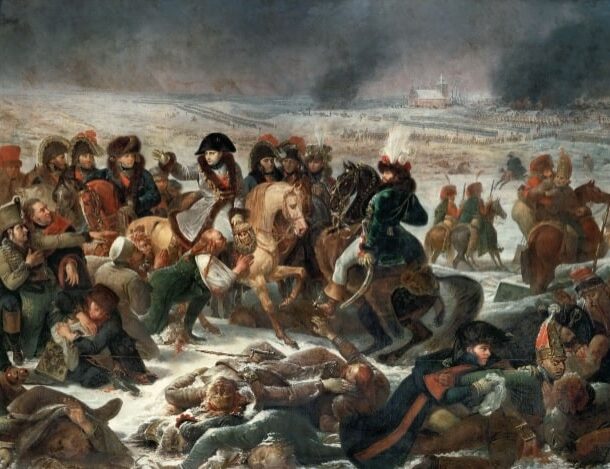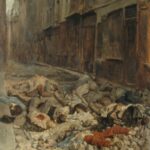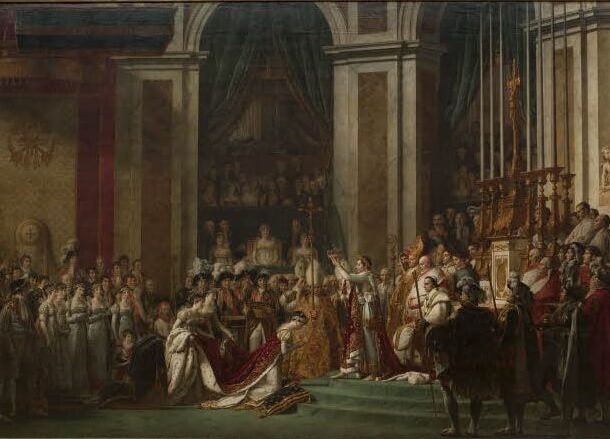
Ernest Meissonier depicted a Parisian scene after the seizure of a barricade by the National Guard following the workers’ riots in June 1848. These events took place at the turbulent beginning of the Second Republic, a few months after the revolution of February 1848. Until the first elections to the national assembly, the government of the Republic was composed of moderates, radicals and socialists, taking a series of social and political measures. With universal male suffrage, the peasant vote, dominated by the more conservative classes, swung to the right, pushing the Radicals and Socialists out of government. Unpopular measures provoked demonstrations during the last days of June where workers took to the streets and erected barricades. All was repressed by General Cavaignac, marking the transition to a conservative republic.
Collection: Images
Project: 5. Power and powers in the history of Europe: oligarchies, political participation and democracy., 6. Under a cloak of terror: violence and armed conflict in Europe., 7. Persecuted by justice and powers: rebels, political dissidents and criminals in the history of Europe.
Chronology: XIX
Scope: Secondary education, Baccalaureate, University
Link: https://www.louvre.fr/en/oeuvre-notices/barricade-rue-de-la-mortellerie-june-1848?selection=44900
Resource type: Image
Format: Oil on canvas (29 x 22 cm)
Source: Museo del Louvre (París)
Language: English
Date: ca. 1850
Owner: Álvaro Romero González (Modernalia)
Identifier: NS/NC
Copyright: Museo del Louvre (París)
Abstract: Depiction of the effects of the 1848 revolutions in France
Image
Tags






